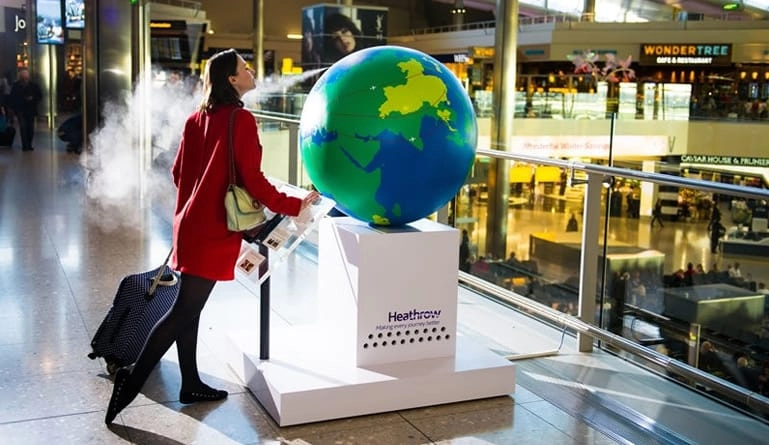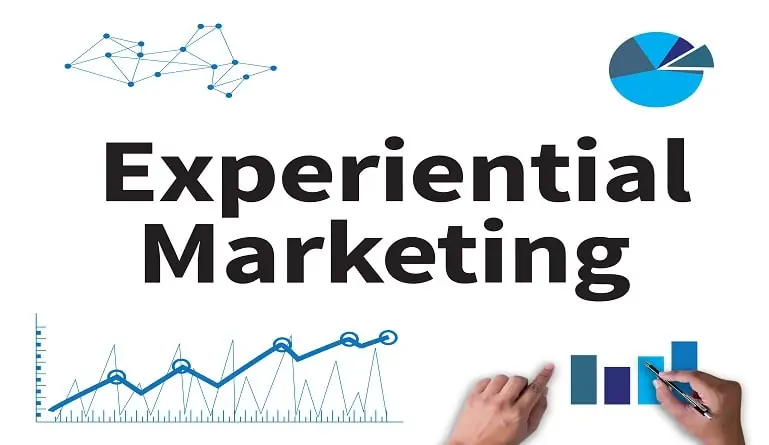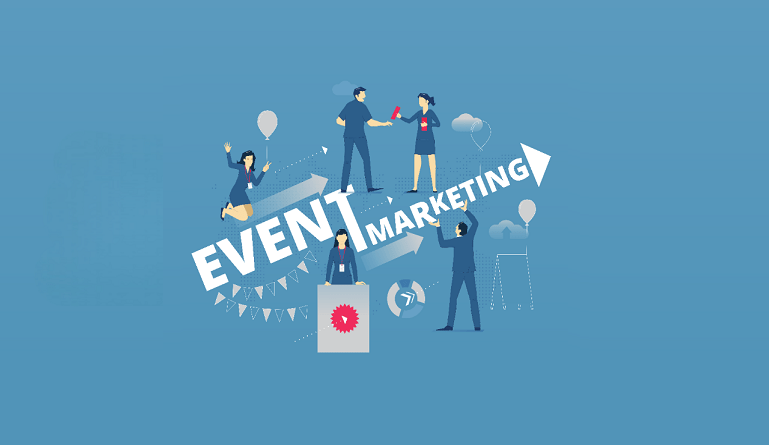Could building multi-sensory experiences benefit your brand.
Is multi-sensory marketing the next big thing?
Every brand wants to capture the attention of their potential customers with their advertising and marketing campaigns. With more and more brands competing for the attention of customers, it can be hard to make an impression. People, particularly millennials, are looking for more of an experience instead of just a product or transaction. This means that marketing can’t just be two-dimensional words and images on paper and brands need to create more than just a good product to make an impact and create loyal, enthusiastic fans. Creating a multi-sensory brand experience can be the answer to get more attention and focus on your business.
Creating a multi-sensory experience might not be a long-term solution, but it can definitely help to generate some interest or buzz around your product or service. Here are some multi-sensory branding examples to take inspiration from.
Glade
Glade products usually have at least one sensory experience built in – smell. They hosted an event that allowed users to associate other ideas and senses with their products. Guests at New York popup interacted with different rooms that were meant to create an emotional experience, each decorated with props and images that were inspired by a particular Glade candle scent.
Plated
This subscription based dinner delivery service has two to three sensory experiences with every product, including taste, touch, and smell. The marketing team at plated created a great multi-sensory marketing example by taking a food-truck style vehicle that made various stops across the US hosting cooking presentations of their recipes, adding a fun visual and interactive element to the experience.
Marriott Hotels
VR and AR have been instrumental in adding dimension to brand marketing experiences. These technologies connect customers with their brand faster and better than ever before. One example is Marriott Hotels, who used a virtual reality headset that allowed their customers to experience being digitally transported to vacation destinations that Marriott had a presence in and allowed them to see popular spots and also experience smells and sounds associated with the area. This can help customers decide if they want to go experience this destination in real life and use Marriott as a service provider.
VR and AR add a dimension to marketing that is essential to brands – the visual. It takes a familiar format – a visual or text ad – and adds to it in a way that makes it more interactive and personalized for customers or clients. Using an AR app to see a product you’re considering buying in your own space can help take a potential user to a converted customer by adding that element of interactivity and personalization.
Creating a multi-sensory brand experience is all about being memorable and making your mark in your audience. You don’t need to fund expensive pop up booths to create multi-sensory experiences – you can send out interactive direct mail pieces that can be opened to play sound or printed to look 3D or with a hologram. Has your brand ever used any kind of multi-sensory marketing? Do you have any multi-sensory branding examples that made an impact?





